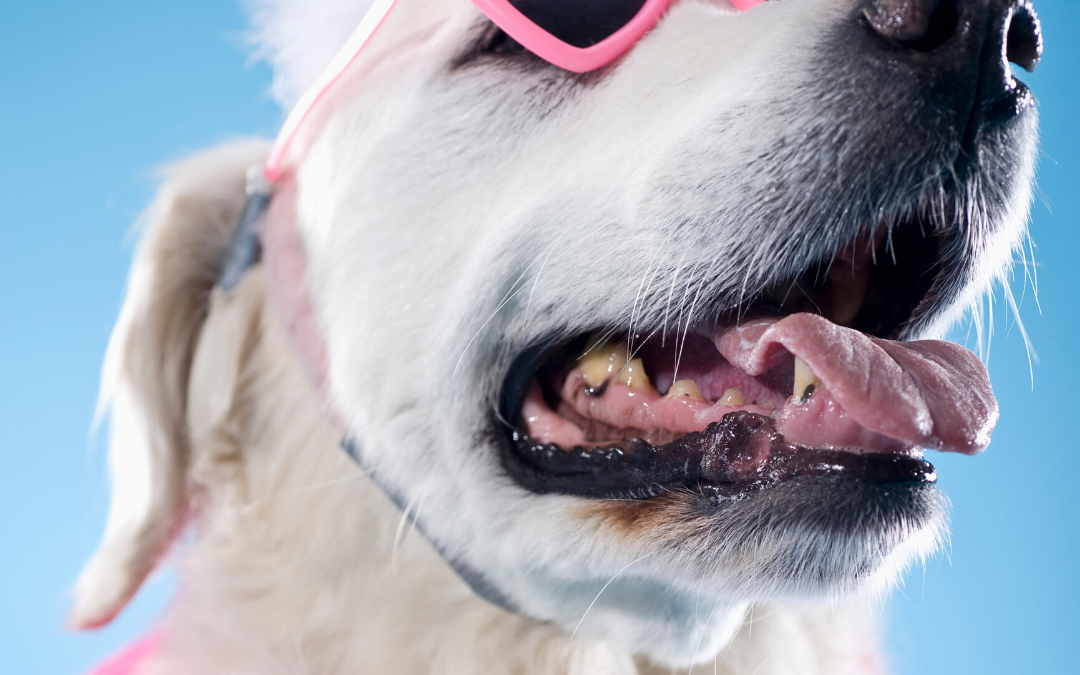Spaying an intact female dog is one of the most common surgeries veterinarians perform on a routine basis. This procedure can have many benefits for your pet and is highly sought after.
Note: If you purchased your four-legged companion from an animal shelter or rescue clinic, likely, this surgery has already been performed. If not, it is possible you signed a contract that you will be spaying her shortly after. However, if purchasing a puppy from a breeder, they may not have this type of requirement so it is important to get clarification.
What are the Benefits of Spaying my Dog?
Spaying your intact female dog can have many benefits! As with this surgery you can:
- Prevent unwanted litters and ensure your dog doesn’t pass down any health conditions to unplanned puppies.
- Decrease the likelihood she will get certain types of cancers and eliminate a pyometra (infected uterus) from developing. These alone could result in costly emergency vet visits and surgery if not caught on time.
- Avoid the mess in your house and go about your schedules as usual without worrying about her coming into heat. As a result, she can freely attend puppy care or training classes.
When is the “Right” Time to Spay My Dog?
Your veterinarian is the best reference when it comes to timing for your pet, as they will always provide you with the best recommendation based on your dog’s age, breed, and any known health conditions.
While you can spay your dog as young as eight weeks and as small as two pounds, veterinarians often recommend waiting until six months of age. However, for larger breeds such as Great Danes, it is usually recommended waiting until they are around a year and a half to ensure their growth plates have fused.
What to Monitor Post-Surgery:
After spaying your dog and picking them up from the veterinarian’s office, it is crucial to monitor her as she recovers. The first day home, your pet may be sleepy and have a delirious state of mind. However, over the next few days, she will likely become her usual, active self. While she may have her average amount of energy, it will be essential to restrict her activity to leashed walks for the duration of her recovery – typically seven to ten days.
During recovery, you will want to monitor the five following aspects of your dog’s health and behavior.
- Licking: monitor your dog for any licking around the surgical incision – and stop this behavior immediately. A cone or e-collar can prevent your dog from licking. Your veterinarian can properly fit your dog with one before you take her home, or you can pick one up at most pet-supply stores.
- Oozing: If the incision becomes open and secreted with discharge, it will be essential to bring your dog back into the clinic to close the incision and prevent infection. Most often, the incision is opened when your dog is not resting correctly or licking the incision.
- Activity level: Due to medications, it is normal for your dog to be calm and even sleepy once back home. Likely, your dog will need extra rest for approximately 7-10 days following their surgery. This includes leashed walks and extra kennel times for naps.
- Breathing: If your dog is panting, this can be a sign that they are in pain. Consult with your veterinarian if you feel that your dog should be an appropriate temperature but is still panting (example: is if they are in an air-conditioned house). Additionally, labored breathing can be a sign of a severe complication and requires immediate medical attention.
- Gum Color: The color of your dog’s gums can help determine if they are circulating blood adequately. Typically gums are a nice, healthy pink in dogs. Pale gums or those that appear blue are abnormal and are frequently associated with hypoxia. Seek immediate medical attention if your dog’s gums appear pale or blue. It is important to note that some dogs have naturally dark pigmentation on their gums; in these cases, gum color is not indicative of your dog’s health.
Note: Your veterinarian will always be able to provide you with accurate, specific information on what you can expect and any limitations as your dog recovers from spay surgery. If you have any concerns about your dog’s recovery progress, be sure to speak with your veterinarian.
How MeasureON! Can Help:
If you are nervous about monitoring your dog alone, ask your veterinarian about MeasureON! Our wearable monitoring harness allows your veterinarian to see a live stream of current patient data.
Additionally, you can inquire about any telehealth or telemedicine options your veterinarian might offer. Depending on the system and technology your veterinarian has in place, this can allow you to send a picture or video of your dog’s surgical site, call or text with a staff member, and have additional guidance as your dog recovers from their spay. Furthermore, these telehealth options not only provide you as the owner peace of mind but can direct you to seek emergency care or schedule an appointment if your dog is having any problems during the recovery process.

